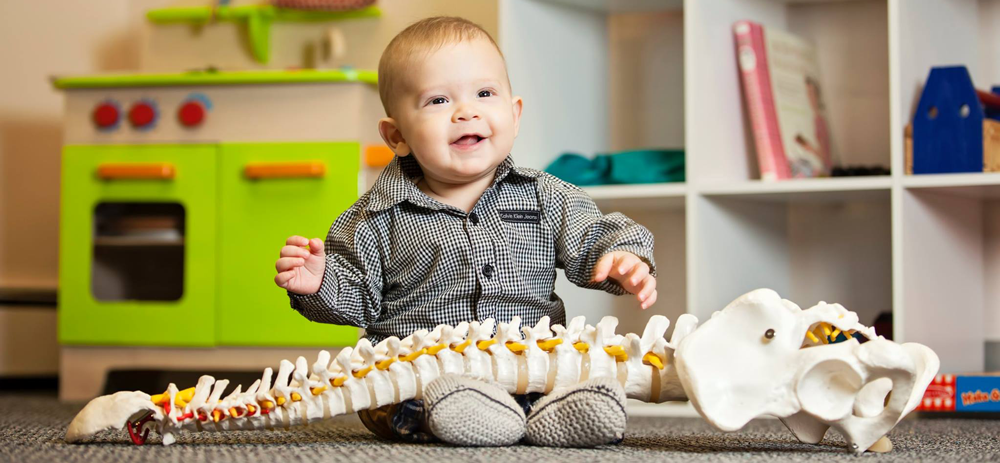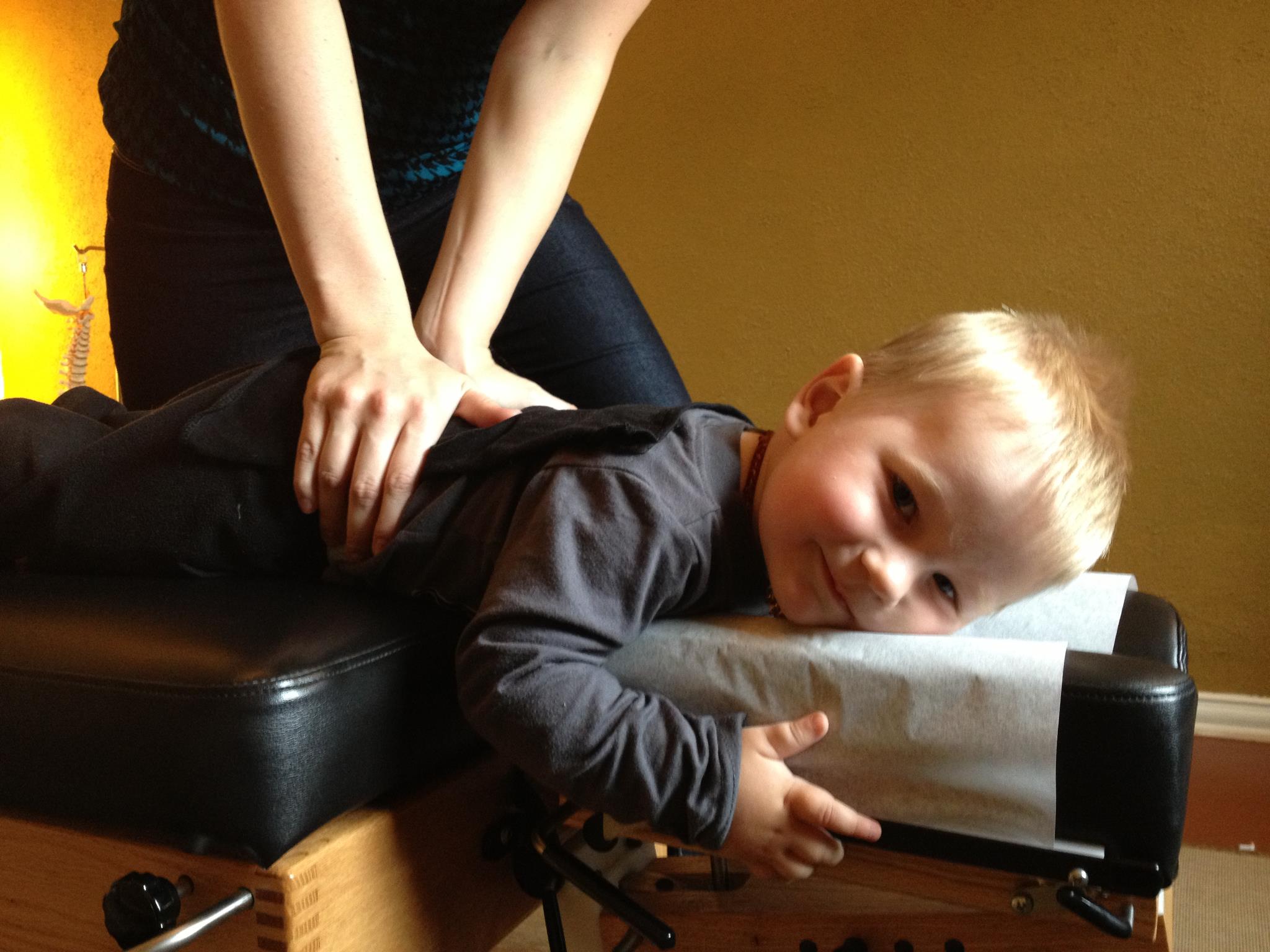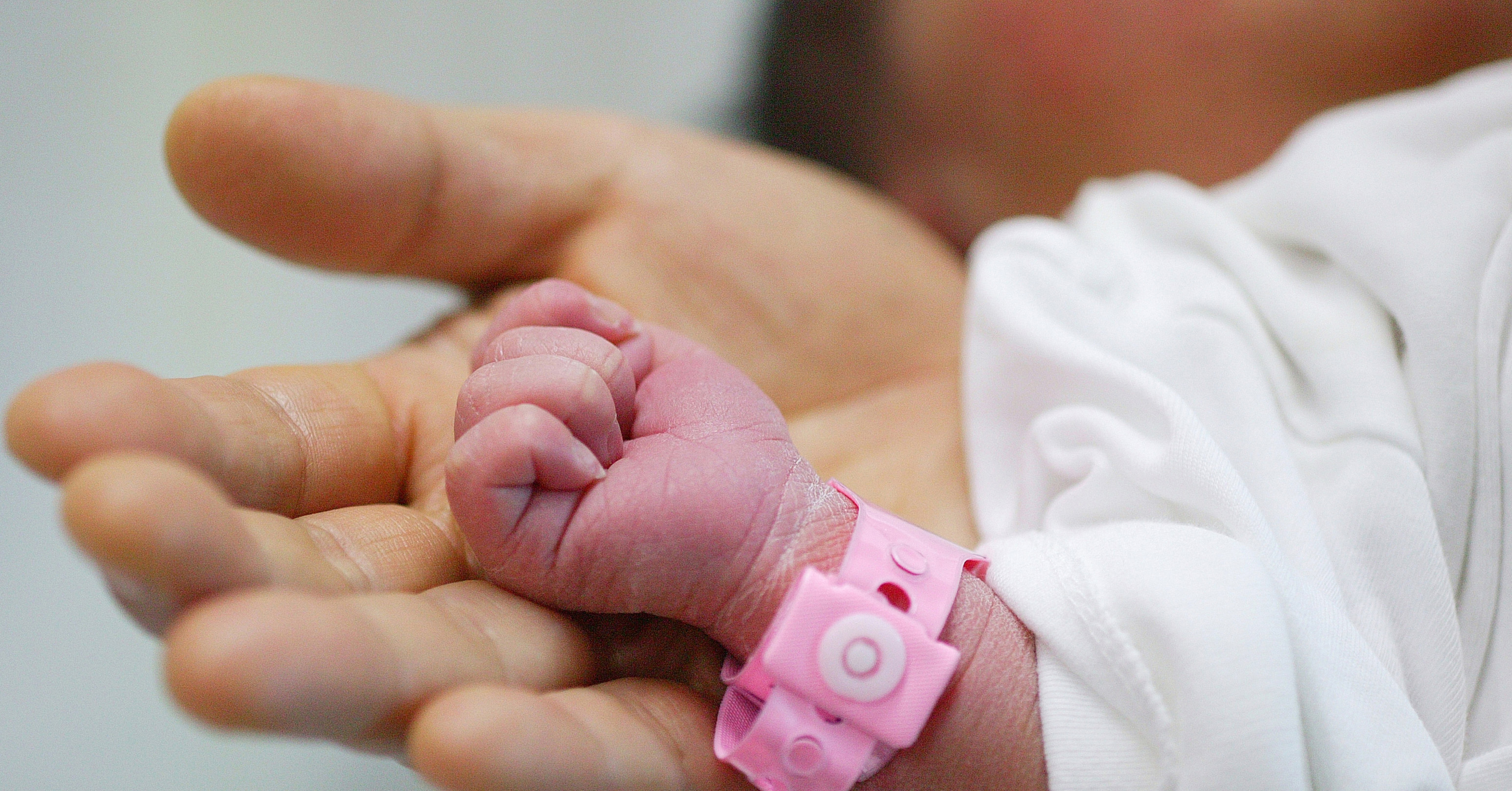Coordinating the Function
It is now widely accepted that a healthy immune system supports nervous system function, and vice versa. This is very important for us to recognize if we want to create a healthy terrain.
It is now widely accepted that a healthy immune system supports nervous system function, and vice versa. This is very important for us to recognize if we want to create a healthy terrain.

Chiropractic’s purpose is to remove interferences to the natural healing power running through the body. When that power is unleashed the healing that results may be profound.
Many parents bring their children into our office asking us to treat their ear infections. My first response is that the purpose of chiropractic care is not the treatment of conditions or diseases; rather, it is the restoration of normal body function.
The term “wellness is becoming common and being used by many holistic care groups to describe the type of care they are offering. Merriam Webster defines wellness as “the quality or state of being in good health, especially as an actively sought goal.”

As chiropractors, we are confident that your child can live a healthy and abundant life. Chiropractic itself is based on hope…hope that you and your children are designed for health.

Chiropractic is a healthcare profession that is very multifaceted, encompasses all ages by taking care of people of all ages, and can help regain, restore, and maintain optimal health throughout a lifetime. This applies to the neonate, infant, child, adolescent, adult, and geriatric patient.
Overcoming the mental objections to eating healthier is the single most important, yet most often neglected aspect of making lasting dietary changes.

It seems obvious that a skilled chiropractor can have a phenomenal impact on pregnancy, labor, and birth. Despite this fact, few childbirth educators are talking about chiropractic as a way to ensure a better birth.
“Ouch! My legs hurt, Mommy!” Have you ever had your child wake up in the middle of the night complaining of leg pains? Do you remember having them as a child? These are commonly referred to as “growing pains” and can be defined as recurrent leg pain in children ages 2-12 years.